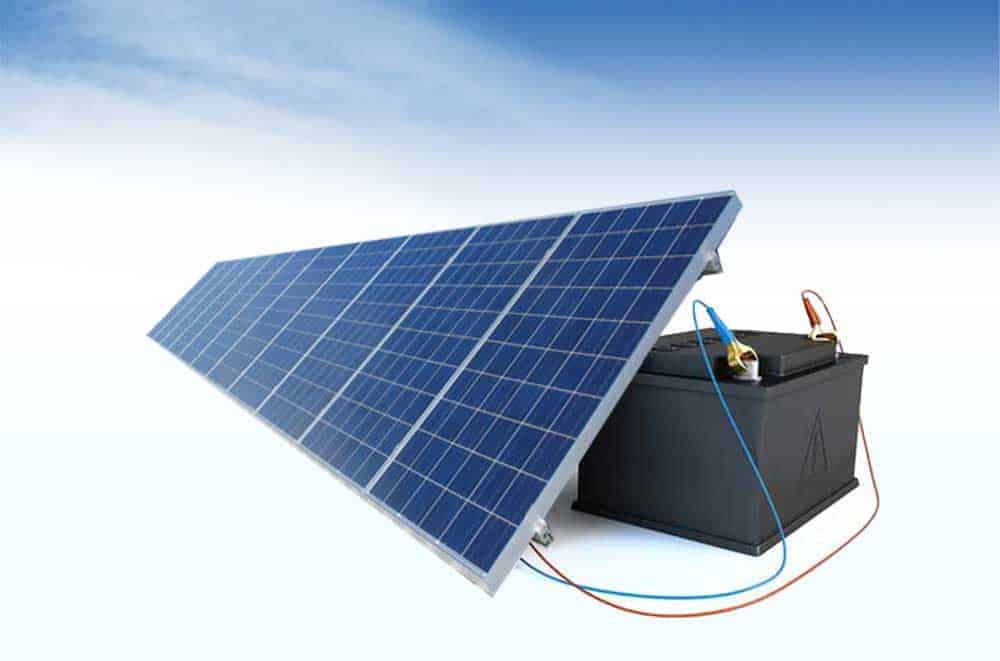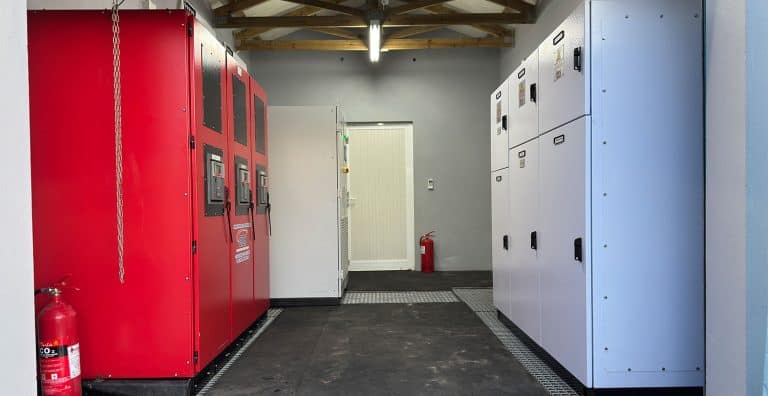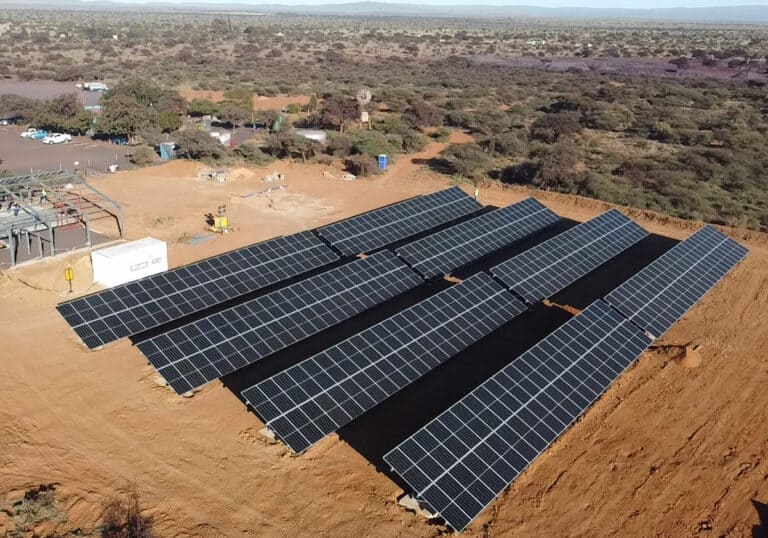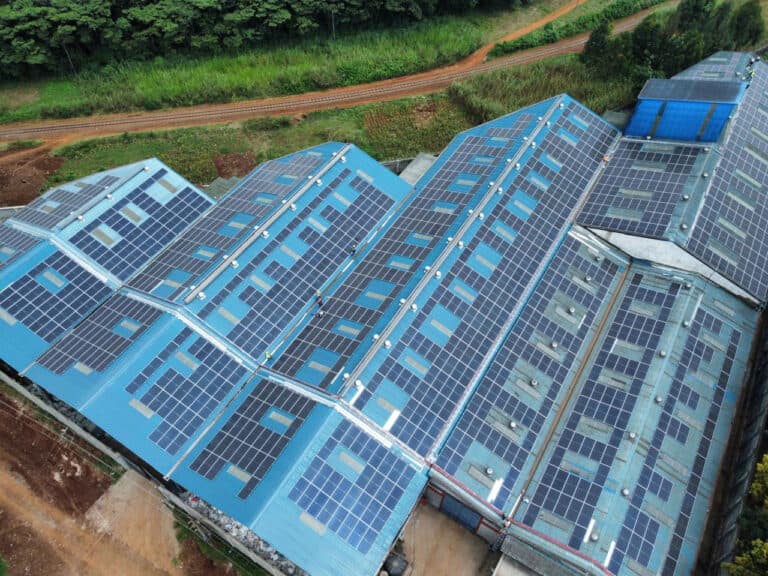There are several factors involved when a PV system comes with an additional battery pack. Firstly, the batteries are an additional component to the solar power system. This means there will be extra cost and complexity for installing it. The increase in costs arise from the purchase of the battery pack, special battery-inverters, installing it at the right place with all the right circuits to ensure functionality, and the safety and maintenance of the battery pack on a regular basis to ensure continual functionality and safety.
Secondly, the common battery technology in use for PV systems are lead-acid. This technology offers the best value for money right now. Increased investment and rapid development of lithium-ion and other battery technologies will improve the quality and performance of batteries, hopefully in the near future.

Lead-acid batteries are very, heavy; they can weigh from tens to hundreds of kilograms for a small unit. They are also bulky and take up a lot of space. Moreover, these lead-acid batteries can be a safety hazard which can become dangerous in the event of a short circuit. Handling these batteries requires special care, since they contain sulphuric acid, an extremely toxic substance that can cause third degree burns on the skin. On top of that, these lead-acid batteries release hydrogen, a very combustible substance, as one of their by-products. Hydrogen is a definite fire hazard that understandably causes a great deal of concern about the occupants’ safety and health.
One way to address these overwhelming concerns is to place the lead-acid battery pack securely in a battery box that has been positioned in a safe location. It should be placed in an area that is always well ventilated to allow the hydrogen by-product to be dispelled quickly if it occurs so that the safety of the premises can be assured. In addition, it should be placed in an area that does not block any paths or emergency exits. A battery box that is located in a good position will not cause an obstruction in case of an emergency. Alternatively, lead-acid batteries can be completely sealed to avoid hydrogen release and sulphuric acid seepage. But doing so will mean an extra cost for the sealing process.
Lead-acid batteries have a limited lifespan related to the depth of discharge and the number of times this is done. Using 50% of the batteries storage will mean you have roughly 2,000 cycles (which is around 5 years if used daily). Frequent replacement of these batteries will then incur further increasing the costs for the homeowner. A proper recycling procedure should be adopted when it is replaced with a new one which ensures all parts of the battery are recycled.
No matter your needs, there is a combination of solar and batteries to meet your priorities. The systems are modular and scalable, which means that you can add more to them at a later stage. The key is to have a clear idea of what you want to achieve from your system.





